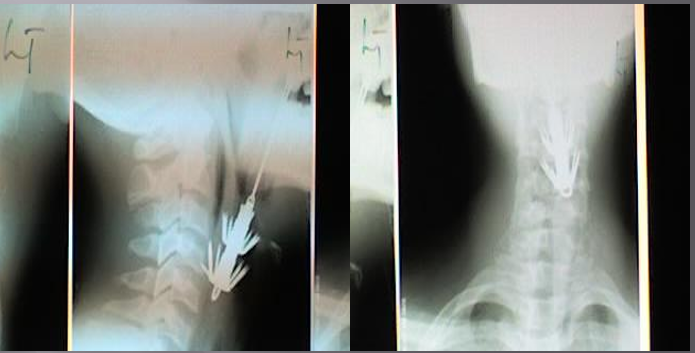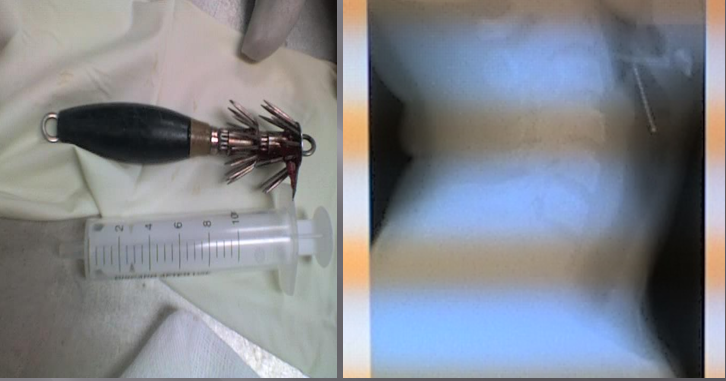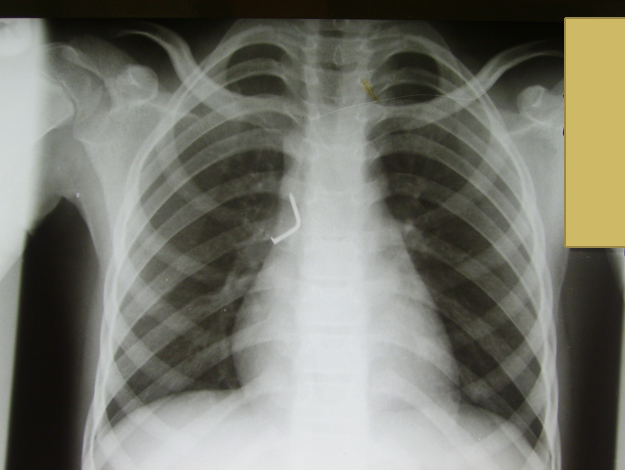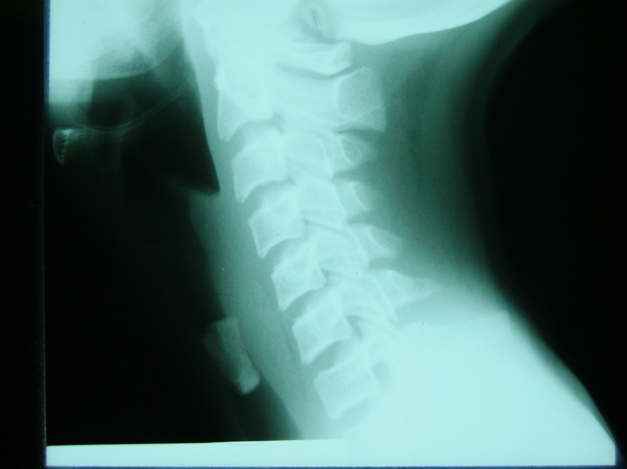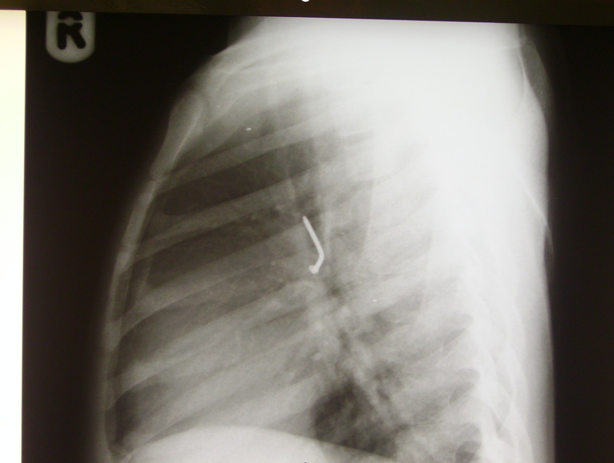ENT disorders are very common conditions encounter in any clinic setting. They form about 40% of cases in General Practice clinic. They are varied spectrum of conditions and can affect “new born” through to the “aged”, with Newborn baby with difficulty breathing and 95 year old with difficulty hearing. In between these extremes – various conditions including:
- 15-year-old with nasopharyngeal carcinoma,
- 45- year- old with cancer of the larynx or voice box
- 60 year old with dizziness, 2- year-old with wax in the ears.
- 1 ½ year old snores a lot at night with difficulty breathing.
- 3- year- old with a crayon in the nose.
- 25-year-old with Itching in the ear and many others.
Ear Disorders
Your ears play a crucial role in your day-to-day life and neurological health. They help with your awareness and communication. Keep reading to learn more about ear disorders.
Itchy Ear
Wax
Fungal infection
Allergy
Foreign body e.g. Cotton bud, groundnuts, corn etc.
Discharging Ear
Infection (acute, chronic)
Tumour etc
Foul smelling discharge – can be a very serious underlying condition.
Children Hearing loss
Hearing ability is important for children to develop speech and language skills as they grow. The causes of hearing loss include:
- Congenital – born with it. They are hereditary and non hereditary.
- Acquired – Developed later in life.
Non hereditary congenital –Infections (TORCHES), chickenpox, maternal drugs, alcohol, cigarette smoking, cocaine etc.
Acquired hearing loss:
- Perinatal: Birth asphyxia, birth trauma
- Infection: Acute otitis media, Glue ear, chronic otitis media with tympanic membrane perforation.
- Drugs: Quinine.
- Foreign body: bead, maize, wrist watch battery.
Impacted ear wax.
Nose Disorders
Inflammatory conditions:
- Common cold – resolves within 5 -10 days
- Cold that take more than 10 days to resolve is Rhinosinusitis (sinusitis) which are nasal blockage, nasal discharge, postnasal drip, halitosis (bad breath), loss of smell, reduced smell, headache.
- Tumours in the nose: nasal polyps, cancers
Headache and Facial Pain
Headache is defined as a pain or discomfort between the orbit (eyes) and the occipital region arising from extracranial and/or intracranial pain sensitive structures.
Neuralgia: Painful conditions distributed along the course of the cutaneous supply, commonly seen to arise via trigeminal nerve (trigeminal neuralgia), glossopharyngeal nerve (glossopharyngeal neuralgia), cervical plexus (cervical neuralgia), etc.
Common causes of headache
Sinonasal
- Sinusitis
- Vacuum headache (high pressure headaches).
- Sinonasal tumours
Trauma
Otologic causes
- Complications of otitis media
- Malignant otitis externa
- Malignancy of the ear
- Hherpes zoster oticus
Ophthalmic causes
- Refractive error
- Eye strain
- Glaucoma
- Orbital tumours
Neuralgias
- Trigeminal neuralgia
- Para-trigeminal neuralgia
- Glossopharyngeal neuralgia
- Pterygopalatine neuralgia
- Cervical neuralgia
- Dental neuralgia
- Sluder’s syndrome
Systemic causes
- Hypertension
- Endocrine
- Renal
- Hypoglycaemia
- Hypercalcaemia
- Hypoxic state
- Post-convulsion
- Hang-over reaction (post-alcohol withdrawal)
Intracranial
- Tumours
- Meningitis
- Encephalitis
- Brain abscess
- SOL
- Benign intracranial
- hypertension(idiopathic ICH)
- Haemorrhage
- Hydrocephalus
Dental
- Malocclusion
- TMJ dysfunction
- Caries teeth
- Apical abscess
Tension
- Muscle contraction headache
- Head injury
- Psychological
Drugs
- Vasodilators
- OCP
- Caffeine
- Tyramine
Vascular
Migraine
Migraine is a common condition and affects 6% men and 18% women.
Classical migraine
Classical migraine is 25% of migraine cases and has a positive family history. An aura precedes the onset of headache and this may include visual disturbances, such as scotomata (blind spots within the field of vision), or visual field defects. Aura may also include unusual tastes or aromas.
The headache is usually a throbbing , unilateral pain although rarely it may be bilateral and constant. Patients may also have nausea, photophobia (sensitivity to light) or phonophobia (sensitivity to sound).
Common Migraine
Happens more frequently than classical migraine. It accounts for 75% of cases. No aura but same throbbing headache and nausea as in classical headache. Migraine can last up to 72 hours.
Below are the factors to consider
Trigger factors: various diet like chocolate, cheese, sleep disturbances, physical and mental stress and withdrawal of stress (Saturday morning headaches), and premenstruation.
Relieving factors: Rest, sleep, and staying in dark silent room.
Management of migraine involves avoidance of trigger factors and medical treatment aimed either at the acute episode or prophylactic treatment. Simple treatment in the acute phase includes analgesics such as aspirin, paracetamol, aceclofenac and antiemetics such as metoclopromide.
Serotonin agonists, such as sumatriptan and rizatriptan, are frequently effective in treating acute attacks.
Beta blockers or pizotifen are usually the first-line treatment for prophylaxis provided there are no contraindications to their use.
Prophylaxis considered if symptoms happen more than 3x a month with a duration of more than 48 hours.
Refractory cases – refer neurologist.
Cluster Headache
Also known as Horton’s cephalgia or histamine cephalgia. It is less common with severe pain than migraine and there is no aura. Typically affects men between ages of 30 and 50 years old.
The attack of clusters of 1 – 7 each day for a period of a week or more and then there is symptom free interval for weeks or months.
Headache is characterised by severe distressing , throbbing unilateral pain around the eye associated with conjunctival injection, lacrimation, rhinorrhoea, nasal obstruction. This led to misdiagnosis of sinusitis.
In extreme cases patients feel like ‘banging their head against a wall’. The pain may lasts for 15mins to 2 hours. Temporary Horner’s syndrome has been described on the side of the pain.
Clusters of attacks often continue for several weeks followed by months or years of remission. Alcohol should be avoided during a cluster period and treatment is along the same lines as migraine with triptans for acute attacks and pizotifen to prevent recurrent clusters.
Mechanism:
Serum histamine level is raised during the attack and hence it is called histamine cephalgia.
Treatment:
Ergotamine and methisergide may be useful
Some improve with inhalation of 100% oxygen
Sumatryptan may be useful.
Prednisolone 30mg daily for 10 days may be tried in refractory cases
Tension Headache
Also a common form of headache experienced by most people at some stage of life. Headache is diffuse, dull aching, band – like, and get worst on touching the scalp.
This headache is associated with tension but not with other physical symptoms. The condition may last for few hours to few days, worst towards the end of the day. It may persist for long periods.
Headache is due to persistent contraction of scalp and posterior neck muscles like clinching of teeth, particular posture for long periods etc. It is bilateral and frequently localises to the occipital nuchal area.
NSAIDS, short course of diazepam, reassurance are helpful but antidepressants are rarely necessary.
Obstructive Sleep Apnoea Syndrome (OSAS)
Children
- Snoring (during sleep).
- Stertor (awake).
- Mouth breathing.
- Difficulty breathing during sleep.
- Excessive sleep during the day/ Hyperactive during the day.
Adults
- Snores
- Excessive daytime sleepiness
- Accidents either at work or RTA.
- Sudden death
Vertigo
Otological
- Merniere’s.
- Post-traumatic syndrome
- Positional vertigo
- Vestibular neuronitis.
- Labyrinthitis.
- Vascular accidents
- Tumours
- Drugs
Medical
- Anaemia
- Postural hypotension
- Carotid sinus syndrome
- Hypolycaemia
- Shock
- Epilepsy.
- Infection e.g. Syphilis, herpes zoster
Miscelaneous
- Eye disorders
- Dental disorders.
- Orthopaedic e.g. Cervical spine disease
Throat (pharyngeal) Disorders
- Sorethroat
- Dysphagia
- Cancers
- Foreign body impaction e.g. Fish bone, dentures etc.
Foreign bodies can be in the ear, nose, and throat ENT and are mostly in children.
Ears : bead, maize, toy parts, erasers, crayons wrist watch battery.
Nose : beads, buttons, pebbles, food, cloth, button
Throat : Fish, Denture, Coins, Metallic pegs.
Share Post On:
Recent Posts
-
Nuggets of ORL-RHINOLOGY
-
Nuggets of Otorhinolaryngology-Basic sciences
-
Anatomy of the Muscles of the Soft Palate
-
Ethmoidal Arteries Ligation for Epistaxis
-
Submucous Cleft Palate (SMCP)
-
Approach to Ligation of the External Carotid Artery
-
Approach to Managing a 3-Year-Old Boy with a Foreign Body in the nasal cavity.
-
Approach to Managing a 3-Year-Old Boy with a Foreign Body impacted in the ear canal.
-
Endoscopic Sphenopalatine Artery Ligation (ESPAL) for Epistaxis
-
Surgical Management of Epistaxis
-
Technique of Incision and Drainage of Septal Hematoma/Septal Abscess
-
Upper Aerodigestive Tract Foreign Body Impaction
-
Incision and Drainage of Hematoma Auris
-
Rigid Bronchoscopy for Retrieval of Foreign Bodies in Children
-
Foreign Body Impaction in the Larynx, Trachea, and Bronchi
-
Leadership Position is a Tool, not a Trophy
-
Carcinoma of the Oropharynx
Categories
Get in Touch
Read doctor-produced health and medical information written for you to make informed decisions about your health concerns.


